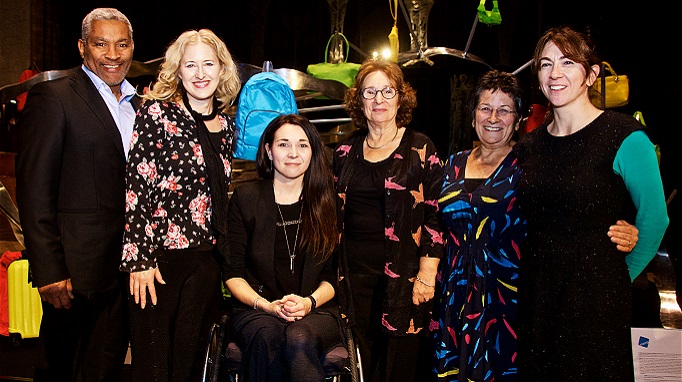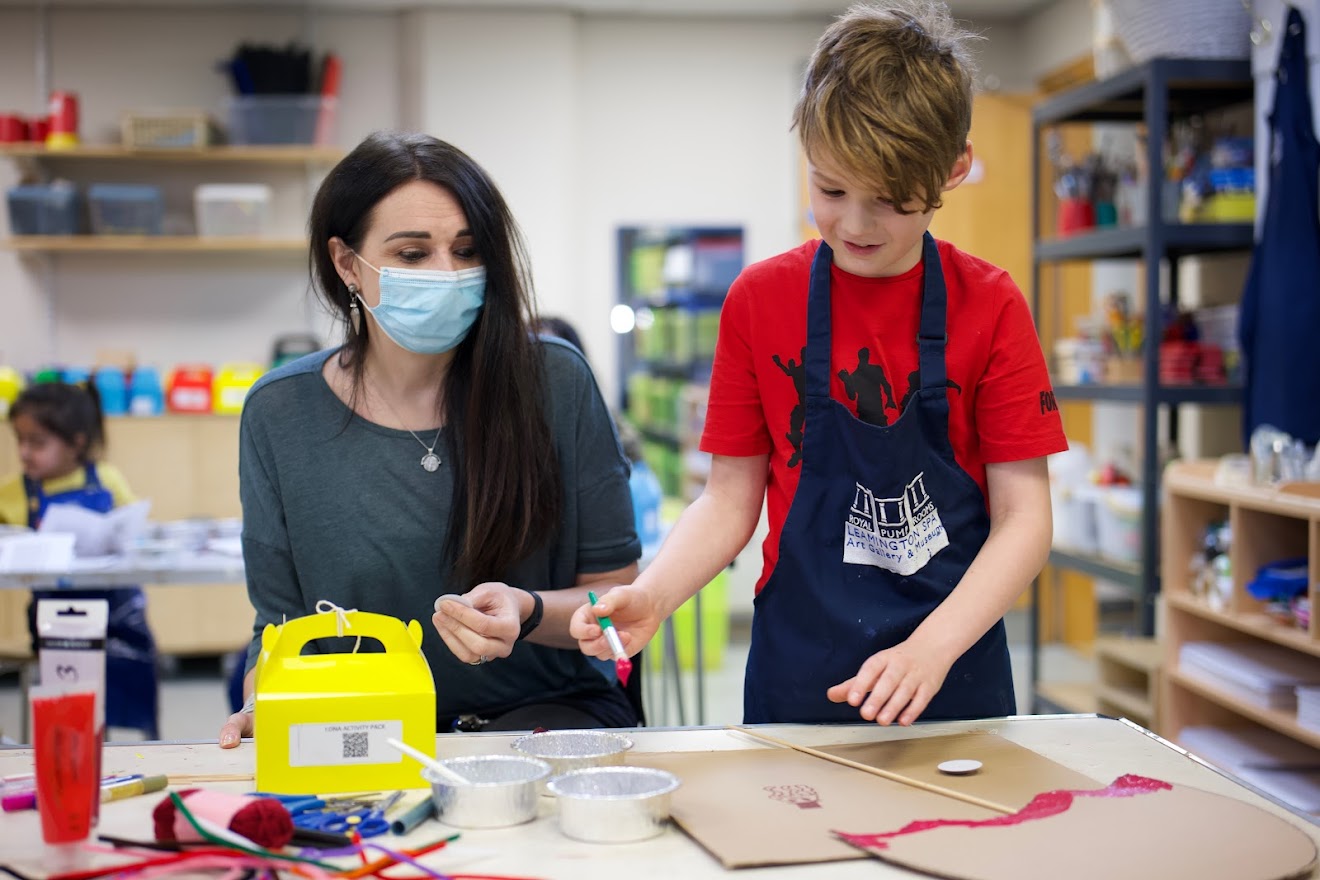Where I:DNA visited and events we were involved in
I:DNA Tour Locations
British Science Festival (Sept 2019)
IFOxford - Oxford Science + Ideas Festival (October 2019)
ESRC Festival of Social Science (FoSS), Coventry Cathedral (Nov 2019)
Millenium Point, Birmingham (Feb/Mar 2020)
I:DNA Online, ESRC FoSS, (Nov 2020)
Pictures of Health: Art, Medicine & the body, Leamington Spa Art Gallery & Museum (May 2021- Jan 2022)
Launch events
We held launch events at each new venue, where members of the public were invited to hear talks from Felicity and the creative team, and to ask questions.
At one of these events (Coventry Cathedral) we also had a live performance from one of the choirs (Gospability) who had provided some of the sung soundscape for the installation.

I:DNA Activities
To support and extend engagement, several additional activities took place alongside the physical tour and online activities:
I:DNA Who am I?

Children’s arts and crafts workshops (part of ESRC FoSS 2021) were held at a local school and at Leamington Spa Art Gallery & Museum.
Children were shown an age-appropriate talk about genetics by a clinical geneticist, called ‘DNA – what makes me, me?’.
The children were invited to create a piece of artwork reflecting their own identities and these were installed in Leamington Spa Art Gallery & Museum (as part of the I:DNA exhibition), by artist Tammy Woodrow, for the remainder of I:DNA’s residency.
DNA Our Stories
Aspiring poets, creative writers, and members of the public were supported by poet Nigel Hutchinson to write poetry inspired by the installation. The poetry was performed at Warwick Arts centre in January 2022 as part of the Resonate festival and collated into an anthology (see webpage). New link
Invisible Theatre
At our Millennium Point launch event (March 2020), seven drama students from Birmingham City University (under the direction of Peter Wynne-Wilson) adopted characters based on the research interview transcripts and mingled with the audience telling their stories (without revealing they were actors). You can read one drama student’s account of the event and see photos here.
Covid-19 Pandemic and I:DNA online
Due to the Covid-19 pandemic, I:DNA’s physical tour was suspended for much of 2020. We participated in the ESRC Festival of Social Science (November 2020) virtually, with an online lecture followed by a Q&A, led by Felicity and with some of the original research participants on the panel.
We also created two films, which were posted on our webpage and were designed to sustain engagement during lockdown restrictions and give I:DNA viewers a chance to engage further with participants’ stories. The first film gave an overview of the background to the project and the research that led to I:DN A, including interviews with some of the research participants. In the second film, our research participants gave their own perspectives of what living through the Covid-19 pandemic was like for people with a genetic condition, many of whom were considered amongst the most vulnerable in society. This Covid-19 video was displayed alongside the I:DNA installation when the tour resumed in 2021 at Leamington Spa Art Gallery & Museum.
iDNAKnowing

iDNAKnowing was an online game, created by artist Esther Appleyard-Fox. The game, in a futuristic airport setting, encouraged participants to go on a journey of ‘genetic’ discovery. Participants could choose whether to undergo (imaginary) genetic screening and depending on their choice –and their fictional genetic screening results– the game presents the viewer with alternative realities describing the potential benefits or harms of genetic screening. This was created using the words of people living with rare genetic conditions, taken from the research interviews.
I:DNA Legacy
It is estimated that I:DNA reached over 26,000 people, during the tour, across its various iterations and you can read some of our feedback here. Although I:DNA has now completed its tour, the sculpture and soundscape have become part of the University of Warwick’s art collection and are currently displayed in the atrium of the Interdisciplinary Biomedical Research Building (IBRB, Gibbet Hill Campus), to eventually become a permanent feature of the Warwick Arts Sculpture Trail. The resources created during the project will continue to be used for teaching and public engagement and can be found here.
Block content
